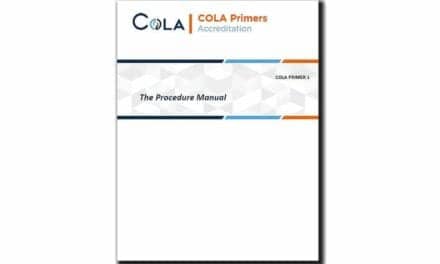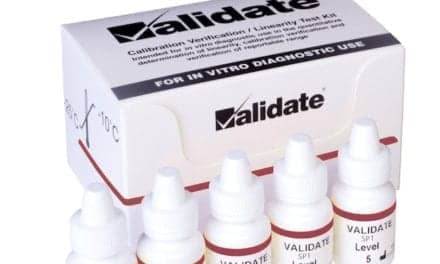The Association for Molecular Pathology (AMP), a global molecular diagnostic professional society, today published consensus recommendations to aid in the design and validation of clinical CYP3A4 and CYP3A5 genotyping assays, promote standardization of testing across different laboratories, and improve patient care.
The manuscript, “CYP3A4 and CYP3A5 Genotyping Recommendations: A Joint Consensus Recommendation of the AMP, Clinical Pharmacogenetics Implementation Consortium (CPIC), College of American Pathologists (CAP), Dutch Pharmacogenetics Working Group (DPWG) of the Royal Dutch Pharmacists Association, European Society for Pharmacogenomics and Personalized Therapy (ESPT), and Pharmacogenomics Knowledgebase (PharmGKB),” was released online ahead of publication in The Journal of Molecular Diagnostics.
The AMP Pharmacogenetics (PGx) Working Group has developed a series of guidelines designed to help standardize clinical testing for frequently used genotyping assays. The latest report builds on the earlier recommendations for clinical genotyping of TPMT and NUDT15, CYP2C19, CYP2C9, CYP2D6, and genes important for warfarin testing. The recommendations should be implemented together with other relevant clinical guidelines, such as those issued by CPIC and DPWG, both of which focus primarily on the interpretation of PGx test results and therapeutic recommendations for specific drug–gene pairs.
Further Reading: AMP Recommendations for Design & Validation of Clinical TPMT and NUDT15 Genotyping Assays
“The human cytochrome P450 family 3 subfamily A (CYP3A) serves an important role in the metabolic transformation of approximately 50% of marketed drugs, including fentanyl, midazolam, quetiapine, paclitaxel, statins, and other immunosuppressants,” says Victoria M. Pratt, PhD, chair of the AMP PGx Working Group, director, Scientific Affairs for Pharmacogenetics at Agena Bioscience, and Adjunct Professor of Clinical Pharmacology at Indiana University School of Medicine. “As the molecular diagnostic landscape evolves, AMP is committed to sharing our expertise and collaborating with the broader laboratory community to continuously improve professional PGx practices for CYP3A4 and CYP3A5, as well as many other common genotyping assays.”
The AMP PGx Working Group used the same two-tier categorization of alleles that were recommended for inclusion in the previous clinical PGx genotyping assay guidelines for the latest CYP3A4 and CYP3A5 report. The Tier 1 alleles were selected because they have a well-characterized effect on functional activity, a prevalence of greater than 1% in at least one ancestral subpopulation, and available reference materials for assay validation. The team also defined a Tier 2 list of optional alleles that do not currently meet one or more of the criteria for inclusion in Tier 1. These recommendations are meant to be a reference guide and not to be interpreted as a restrictive list. AMP intends to update these recommendations as new data and/or reference materials become available.
“The full series of AMP Clinical Practice Guidelines and Reports are developed to be of assistance to laboratory and other health care professionals by providing guidance and recommendations for particular areas of practice,” says Karen E. Weck, MD, co-chair of the AMP PGx Working Group and director of Molecular Genetics and Pharmacogenomics and Professor of Pathology & Laboratory Medicine and Genetics at the University of North Carolina at Chapel Hill. “The AMP PGx Working Group was established to help standardize clinical testing across laboratories, ensure the assays investigate the most clinically relevant variant alleles, and enable healthcare professionals to provide high-quality patient care.”





